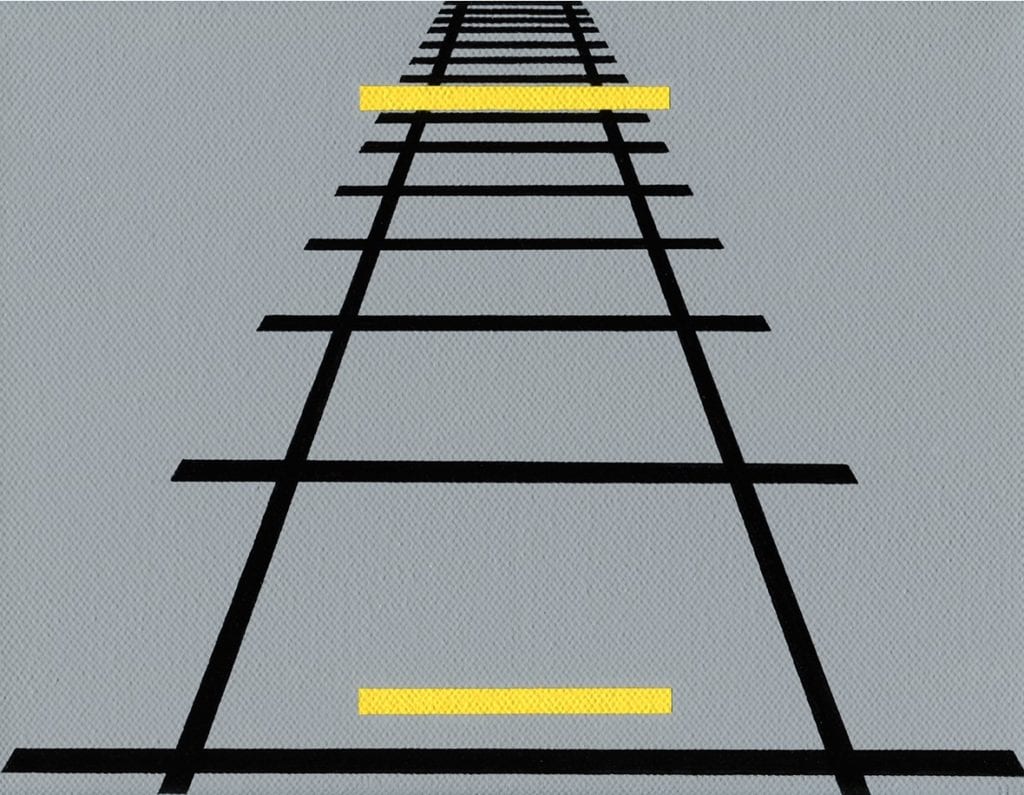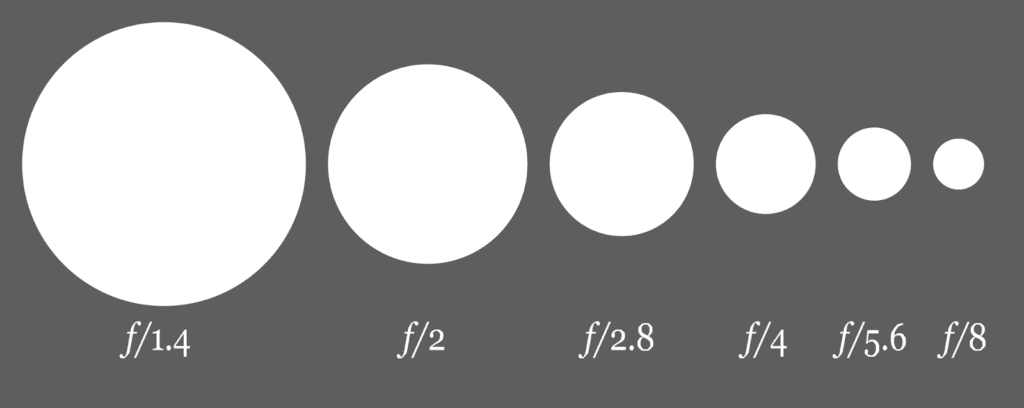Tips For Filming In Small Spaces
Sometimes, the measurements of a room can spell your downfall. You come up with another awesome idea for a video or short film, only to be confronted with a filming area MUCH smaller than you imagined.
Have you now wasted the entire process of writing and pre-production? Not on our watch!
Sure, you might have to rethink some camera angles and script choices, but filming in a smaller room can actually present a satisfying challenge to your filmmaking abilities.
Here are some important tips to remember when you are filming in small spaces.
Depth Perception
Remember that none of your viewers can see the room.
‘But, they are going to see it recorded in my video?’
Yep, that’s true, but they will only be able to see what you allow them to see. You might be filming in an extremely cramped space, but you can take advantage of using a wide-angle lens in order to make the space appear deeper than it actually is.
Depth perception is the key to shooting in a smaller space. When viewed on a screen, your final product is a 2D experience dictated by the height and width of that screen. The visual effects that you create are achieved by filming in a way that changes the perceived depth of the area on the screen, amongst other factors.
When we discuss how to make a small space look bigger, increasing the audience’s perceived depth of that space is key.
Depth perception is the phenomenon behind some of the most famous optical illusions. Take this example of the Ponzo illusion below:

This illusion notably creates the false impression that the yellow line on top is wider than the one at the bottom. The truth is that the yellow lines are identical – our perception of them is altered by the surrounding black lines that create depth.
How To Take Advantage Of Depth Perception
Use A Wide-Angle Lens
As touched upon already, a wide-angle lens creates a greater distance between objects on film. This helps to add a feeling of more depth and a larger space.
Make Use Of High-Numbered F. Stops
Any videographer worth their salt knows that you can make use of F. stops to increase depth perception. A higher one will put the background of your shot into better focus, meaning the audience is able to see more detail towards the back of your space. This is another factor that contributes towards the perception of a bigger room.

Create Shadows And Experiment With Lighting
Lighting is your best friend when it comes to manipulating the perceived depth of a shot. Experiment with different patterns of shadows until you find something that really creates a sensation of a larger space. Also, it can help to keep bright objects in the foreground and dark objects in the background.
This happens because our brain perceives lighter objects as ‘moving forwards’ towards us, but darker ones appear to ‘move backward’. Clearly, you can exaggerate this effect by placing lighter objects closer to the camera.
For example, you could dress your actors in bright clothing while having them stand in front of an impressive, dark door. This would draw on the impression of the actor being further away from the door than they really are.
Looking For More Lighting Tips?
For Seriously Small Spaces, Use A Mirror
Mirrors can multiply the space you have to work with. Simply keeping your tripod out of view and shooting your scene into a mirror gives the room a feeling of extra space.
Other Tips For Filming In Small Spaces
When operating in limited space, you want to make sure that yourself and your actors are sporting as little equipment as possible. Consider using lapel microphones instead of a large boom. This way, there is no chance of your boom sneaking into the shot because the room is too small.
Also, consider whether you actually need to be inside the room yourself when filming the video. You could leave a door open and record footage from inside the room while your camera is outside the room. Of course, you might need to experiment with this to make sure that your shot looks natural, but it could be worth a try.
If you are needing some flexibility when filming in tight spaces, consider investing in a stabilizer such as the Platypod. You can mount it virtually anywhere, and its diminutive size is a great help when working with small spaces. You’ll be able to get your shot while being assured that your camera will remain stationary and not get knocked over.
Conclusion
With these tips, you can approach your next filming session in a small space with plenty of fresh ideas! Looking for more filmmaking and producing tips? Sign up for our weekly newsletter to make sure you never miss new blogs or podcast episodes!
Want More Filmmaking Funding & Producing Tips? Subscribe To Our Weekly Newsletter!
[fc id=’6′ type=’popup’][/fc]